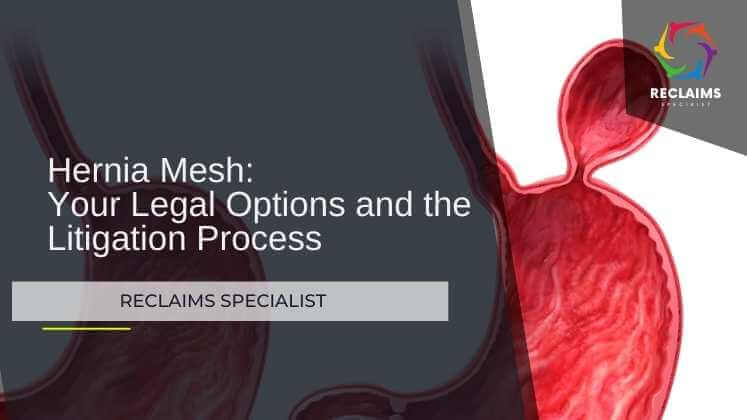AFFF is composed of fluoride-based chemicals, particularly PFAS, enabling it to swiftly spread across flammable liquids. Its ability to starve fires of oxygen and prevent reignition positions it as an indispensable tool for firefighters when compared to alternatives like protein-based FFFP.
Toxicity of AFFF: Unveiling the Dangers
Despite its efficacy in firefighting, AFFF poses a significant threat to human health. Termed ‘forever chemicals,’ the toxic components in AFFF persist in the environment for an extended period, leading to severe health issues, including cancer, when regularly consumed.
Widespread Exposure and Health Risks
Firefighters, military personnel, airport workers, and even civilians face exposure to AFFF, either during emergency situations or through contaminated water sources. This exposure has been linked to various cancers, including bladder, breast, kidney, and liver cancer, as well as serious health conditions such as asthma and fertility problems.
Environmental Impact: Beyond Professions
The environmental repercussions of AFFF usage extend beyond specific professions. AFFF-contaminated areas, including military sites, chemical plants, and oil refineries, pose a risk to nearby communities. The Environmental Working Group (EWG) has mapped these locations, shedding light on potential exposure risks.
Regulatory Measures and Safer Alternatives
Recognizing the dangers, several states have banned PFAS-based foams, pushing for safer alternatives like GFFF, a fluorine-free foam replacement. Legislative actions, such as the FAA Reauthorization Act and the National Defense Authorization Act, signify a collective effort to phase out PFAS-containing foams.
AFFF Lawsuits: Unraveling the Legal Battle
The revelation of AFFF’s harmful effects has led to an onslaught of lawsuits against manufacturers like 3M and DuPont. Allegations include the deliberate manufacturing and selling of carcinogenic AFFF, despite knowledge of its toxicity. The consolidation of lawsuits in federal court under MDL no. 2873 indicates the magnitude of legal actions, making it the 14th largest MDL in the U.S.
Evolving Litigation Landscape and Future Implications
As lawsuits progress, the legal landscape is evolving. The appointment of a settlement mediator and the selection of bellwether cases signal a move towards potential global settlements. Ongoing studies, like the one conducted by the Maine Medical Center Research Institute, continue to strengthen plaintiffs’ claims.

Recent Updates and Looking Ahead
Recent updates reveal significant developments, including the dismissal of 3M’s government contractor defense and the appointment of a settlement mediator. As the litigation landscape advances, stakeholders should stay informed about the latest developments, such as upcoming trials and settlements.
Conclusion
AFFF’s initial promise in firefighting has given way to a complex web of environmental contamination and health risks. As the legal battle intensifies, staying abreast of updates and understanding the multifaceted implications is crucial for affected individuals and communities


